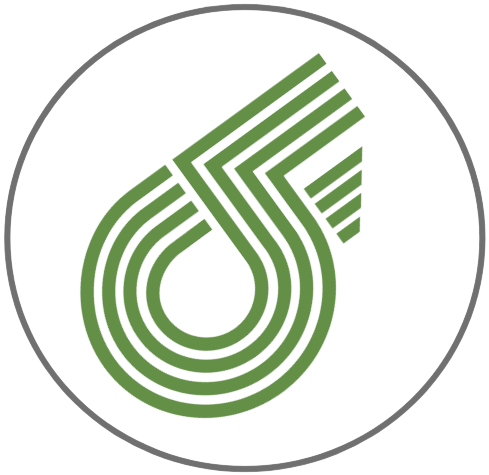STATISTICS ABOUT DEPRESSION
31 Percent
Of U.S. adults reported struggling with depression or anxiety symptoms.
6.7 Percent
Of the United States population over age of 18 are affected by major depressive disorder.
8 in 10
People who took a depression screen have scored with symptoms of moderate to severe depression consistently since March 2020.

5 FAST FACTS ABOUT DEPRESSION
1. Depression in the United States affects over 18 million adults every year.
2. It is the primary reason people die of suicide every 12 seconds.
3. It is the leading cause of disability for people ages 15-44.
4. More women are affected by depression than men.
5. There are effective treatments for moderate and severe depression.
ABOUT DEPRESSION
Depression is a mental state that causes low mood and avoidance to activities. It is a medically classified mental and behavioral disorder that affects thoughts, feelings and sense of well-being.
TYPES OF DEPRESSIONS
MAJOR DEPRESSIVE DISORDER
PERSISTENT DEPRESSIVE DISORDER
SEASONAL DEPRESSION
POSTPARTUM DEPRESSION
PSYCHOTIC DEPRESSION
CAUSES OF DEPRESSION
TRAUMA
GENETICS
DRUG AND ALCOHOL MISUSE
BRAIN CHANGES
OTHER MEDICAL CONDITIONS
SYMPTOMS OF DEPRESSION
- Extreme irritability
- Anxiety
- Restlessness
- Loss of interest in activities
- Anger
- Trouble concentrating
- Fatigue
- Overeating or appetite loss
- Suicidal thoughts or attempts
- Persistent sad feelings
- Insomnia
- Feelings of helplessness
To receive a diagnosis of a depressive disorder, these symptoms need to persist for at least two weeks.
RISKS OF UNTREATED DEPRESSION
As mentioned above, depression is a medical condition that requires treatment and poses risks if left untreated. Some of the side effects of untreated depression include:
- Weight gain or loss
- Social isolation
- Substance use problems
- Physical pain, such as headaches
- Panic attacks
- Relationship problems
- Thoughts of suicide or suicide attempts
- Trouble with school or work
- Self -harm
Depression can also worsen existing conditions. Conditions that can get worse due to depression include:
- Arthritis
- Asthma
- Cardiovascular disease
- Cancer
- Diabetes
- Obesity
DEPRESSION TREATMENT
Depression is among the most treatable mental disorders. If you or someone you know is struggling with depression, there is help available, and it’s important to reach out.
Treatments for depression include:
- Brain stimulation therapies – This type of treatment is only to be used for severe depression, and if therapy and medication have not been effective.
- Psychotherapy– Also called talk therapy. Certain types of therapy, such as cognitive behavioral therapy (CBT), are especially effective at improving depression. CBT helps a person to recognize distorted/negative thinking with the goal of changing thoughts and behaviors to respond to challenges in a more positive manner.
- Medications– Antidepressants might be prescribed to help modify one’s brain chemistry. These medications are not habit forming. Results can sometimes be seen in a few weeks but can take up to a few months. If one type of medication isn’t working, your doctor can try a different dose or a different type of drug.
- Alternative approaches – Acupuncture, meditation, faith and nutrition can be part of a comprehensive treatment plan.
- Light therapy – Exposure to doses of white light can help regulate your mood and improve symptoms of depression.
Self-care can also improve depression symptoms. Here are some ways you can take care of yourself to manage your depression:
- Avoiding alcohol and drugs– These substances can make depression worse.
- Exercise – 30 minutes of activity 3-5 times a week can help prevent mild to moderate depression symptoms.
- Eat a healthy diet– Your brain responds to what you eat and drink. Essential nutrients help your brain function properly.
- Practice good sleep hygiene – limit screen time before bed, go to bed at the same time every night, and try meditation before bed to improve your sleep.
- Setting boundaries – Don’t take on too many responsibilities in your professional or personal life.


